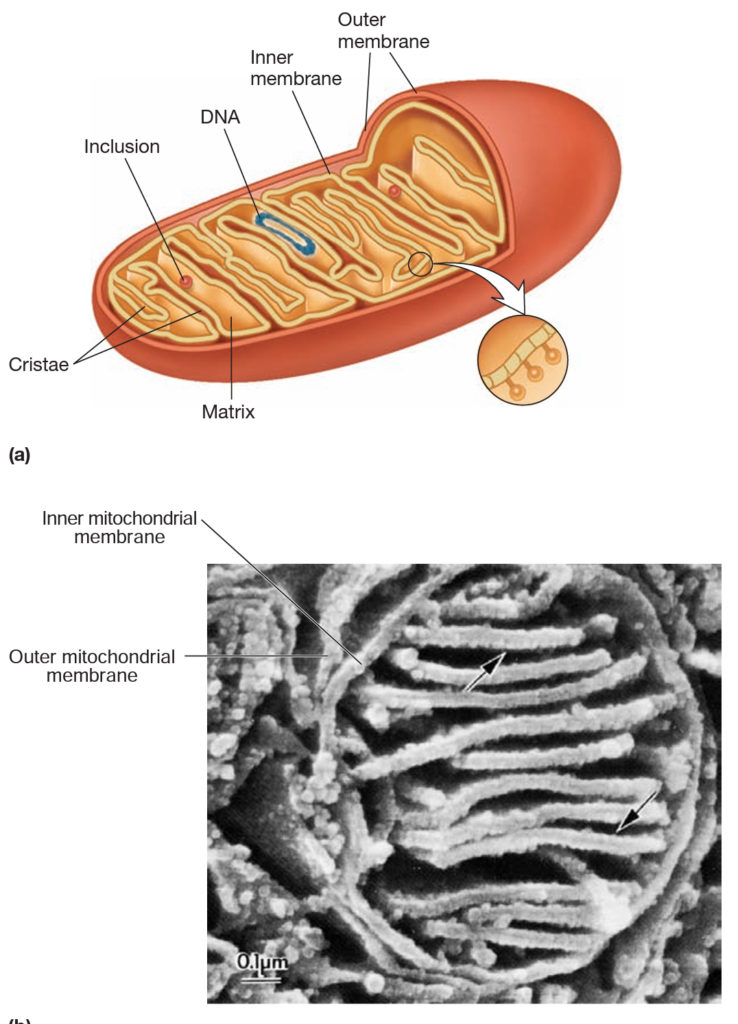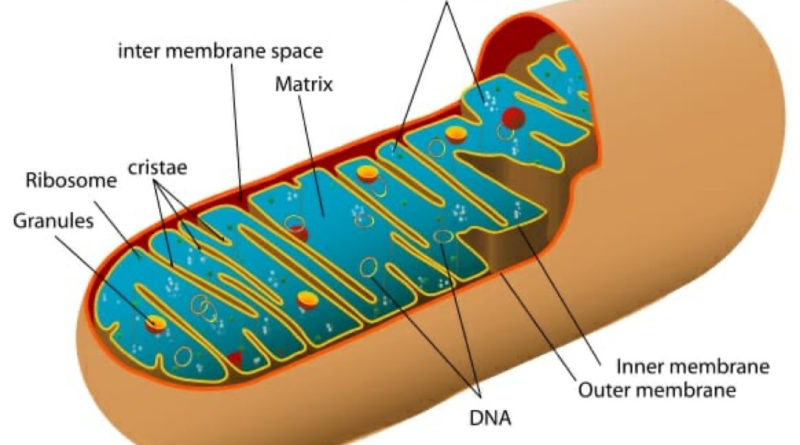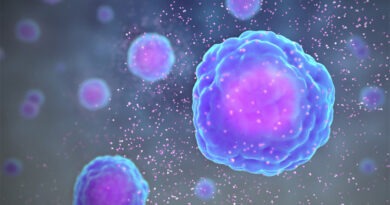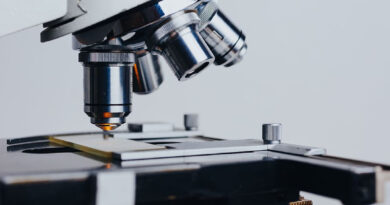Mitochondria
Mitochondria (s., mitochondrion) is found in most eukaryotic cells. It is often called as power house of cell as it is involved in the generation of ATP for cell.
Mitochondria is one of the membrane-bound, semiautonomous organelle of eukaryotic cell.
Its main function include Tricarboxylic acid cycle activity and the generation of ATP by the electron transport and oxidative phosphorylation.
In the transmission electron microscope, mitochondria usually are cylindrical structures and measure approximately 0.3 to 1.0 micrometer by 5 to 10 micro meter. This size is same as of a prokaryotic cell size. Some eukaryotic cells may have 1000 or more mitochondria, other including some yeasts, unicellular algae, and trypanosome protozoa, have a single, giant, tubular mitochondrion.
Structure Of Mitochondria
The mitochondrion is bounded by two membranes, the outer mitochondrion membrane and inner mitochondrial membrane have a distance of 6 to 8 nm, this is called inter membrane space. Outer layer of mitochondria consist of poring and show a similarity to outer membrane of gram-negative bacteria.
The inner membrane has special infolding called cristae (s. crista), which greatly increase its surface area. The shape of cristae differs in mitochondria of different species. The inner membrane encloses the mitochondrial matrix, a dense matrix containing ribosomes, DNA, and often large calcium phosphate granules. Mitochondrial ribosomes are smaller than cytoplasmic ribosomes and resemble those of bacteria in several ways, including their size and subunit composition. In many organisms, mitochondrial DNA is a closed circle, like bacterial DNA. However in some protists, mitochondrial DNA is linear.
Each mitochondrial compartment is different from the others in chemical and enzymatic composition. The outer and inner mitochondrial membranes, for example, possess different lipids. Enzymes and electron carriers involved in electron transport and oxidative phosphorylation are located only in the inner membrane. The enzymes of the tricarboxylic acid cycle and catabolism of fatty acids are located in the matrix.
The mitochondrion uses its own DNA and ribosomes to synthesize some of its own protein. However, the most mitochondrial proteins are synthesized in the cytoplasm by nucleus DNA. Mitochondria can reproduce by binary fission.
Because mitochondria resemble bacteria to some extent, it is thought that they arose from symbiotic associations between bacteria and larger cells.

Reference: Prescott Microbiology



